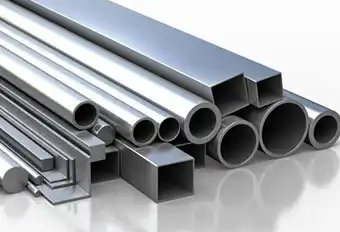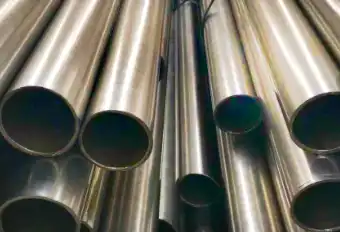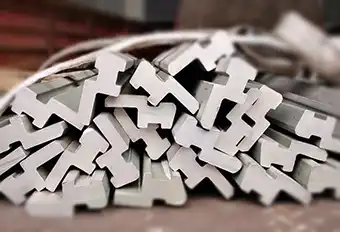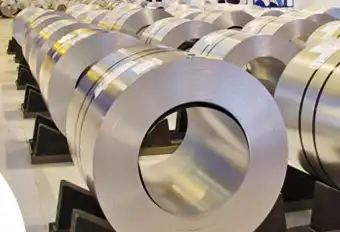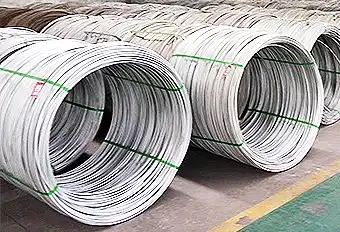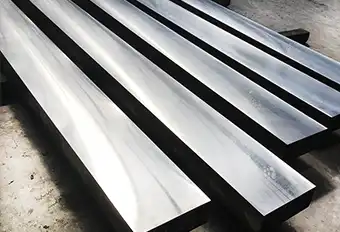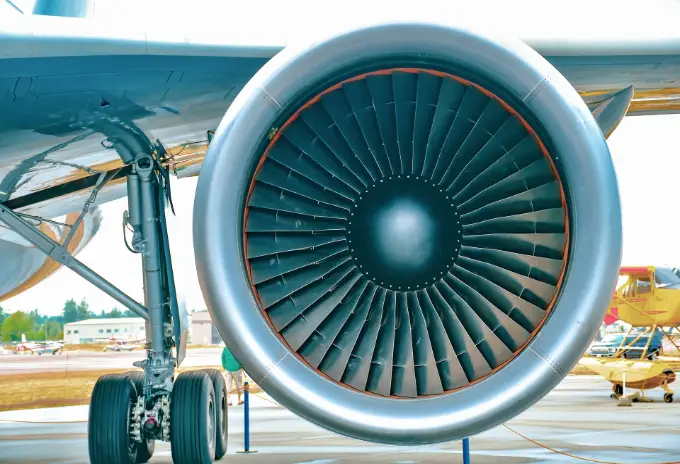Wire: general line, contour, deformed steel bar Profile: beams, channel steel, Angle steel, squares, heavy rail, high steel, h-beam, round steel, unequal Angle steel, flat steel, light rail, gear steel, six Angle steel, heat-resistant steel bar, close and round steel, close working round steel, square tube, carbon steel, bearing steel work, carbon and round steel, stainless round steel, bearing round steel, moment type tube, spring steel Plate: medium thickness plate, container board, plate, carbon and plate, boiler plate, low-alloy plate, decorative pattern plate, cold plate, hot plate, cold rolled plate, hot rolled plate, galvanized sheet, electric galvanized sheet, electric galvanized coil, manganese plate, stainless steel plate, silicon steel sheet, caitu, caigang corrugated iron, galvanized coil, hot rolled strip Pipe, welded pipe, stainless steel pipe, hot dip galvanized pipe, cold galvanized pipe, seamless tube, spiral pipe, hot rolled seamless Metal materials, pig iron, tin, aluminum, lead, brass, tin, zinc A, black metal, steel and non-ferrous metals In this paper, the classification of steel before a brief introduction of black metal, steel and nonferrous metal basic concept. 1, black metal is refers to the iron and iron alloy. Such as steel, iron alloy, cast iron, etc. Steel and cast iron are iron as the foundation, with carbon as the main add elements of the alloy, collectively referred to as the iron carbon alloy. Pig iron is refer to the iron ore in the blast furnace smelting and become products, mainly used for steel and manufacturing casting. The cast iron in the cupola melting, namely get cast iron (liquid), the liquid iron cast into casting, this kind of cast iron that cast iron parts. Ferroalloy are made from iron and silicon, manganese, chromium, titanium alloy elements, ferrous alloy is the raw material of steel, steel to steel scavenger and alloy element with additives. 2, the steel with iron into steel furnace according to the certain process smelting, namely get steel. Steel products, steel ingot casting billet and direct cast all kinds of steel castings, etc. Usually speak of steel, generally refers to all kinds of steel rolling into the steel. Steel belong to black metal but steel not completely equal to the black metal. 3, non-ferrous metal also called nonferrous metal, refers to the outside of the metal in addition to black metal and alloy, such as copper, tin, lead, zinc, aluminum and brass, bronze, aluminum alloy and bearing alloy, etc. In the industry but also USES the chromium, nickel, manganese, molybdenum, cobalt, vanadium, tungsten, titanium, etc., these metal mainly used for metal additive to improve the performance of the metal, including tungsten, molybdenum, titanium, etc for the production of carbide cutting tool use. These non-ferrous metal are called industrial metal, in addition to precious metals: platinum, gold, silver and rare metals, including radioactive uranium and radium, etc.
Second, the classification of steel Carbon steel is between 0.04% and 2.3% of the iron carbon alloy. In order to ensure its toughness and plasticity, carbon content in general not more than 1.7%. Steel major elements in addition to iron, carbon outside, and silicon, manganese, sulfur, phosphorus, etc. Steel classification method is varied, the main method has the following seven: 1, according to the quality classification (1) general steel (P, S or less 0.045% or less 0.050%) (2) the high quality steel (P, S are 0.035% or less) (3) the higher quality steel (P, S or less 0.035% or less 0.030%) 2, according to the chemical composition classification (1) carbon steel: a. low carbon steel (C or less 0.25%); B. medium carbon steel (C or less 0.25 ~ 0.60%); C. High carbon steel (c or less 0.60%). (2) alloy steel: a. low alloy steel (alloying element total content of 5% or less) b. medium alloy steel (alloying element total content > 5 ~ 10%) c. High alloy steel (alloying element total content > 10%). 3, according to the forming method classification: (1) forging steel; (2) cast steel; (3) hot rolled steel; (4) cold drawn steel. 4, according to the metallographic structure classification (1) annealing state of a. hypoeutectoid steel (ferrite + pearlite) b. eutectoid steel (pearlite) c. Graphitic steel (pearlite + cementite) d. ledeburite steel (pearlite + permeability body). (2) is the state of the fire: a. pearlitic steel; B. bainitic steel; C. martensitic steel; D. austenitic steel. (3) no phase transition or part of the phase change 5, functional classification (1) architecture and engineering steel: a. ordinary carbon steel; B. low alloy steel; C. reinforced steel. (2) steel A. machinery manufacturing steel: (a) quenched and tempered steel; (b) surface hardening steel: including carburizing steel and seepage ammonia steel, surface quenching steel; (c) free cutting steel; (d) with cold plastic forming Steel: including cold stamping steel, cold heading steel. B. spring steel C. bearing steel (3) tool steel, carbon tool steel, a. B. alloy tool steel, C. High speed tool steel. (4) special performance steel: a. stainless acid-resistant steel b. heat resistant steel including oxidation resistant steel, refractory steel, valve steel c. Electric heating alloy steel; D. wear resistant steel; E. Low temperature steel; F. electrical steel (5) professional steel, such as bridge steel, ship steel, boiler steel, pressure vessel steel, agricultural machinery steel, etc. 6, comprehensive classification (1) general steel A. carbon structural steel: (a) Q195; (b) Q215 (A, b);(c) Q235 (A, B, c);(d) Q255 (A, B);(e) Q275. B. low alloy steel C. The specific use of ordinary steel (2) the high quality steel (including senior high quality steel) A. structural steel: (a) high quality carbon structural steel; (b) alloy structural steel; (c) spring steel; (d) free cutting steel; (e) bearing steel; (f) specific USES the high quality steel. B. tool steel: (a) carbon tool steel, (b) alloy tool steel, (c) high speed tool steel. C. Special performance steel: (a) stainless acid-resistant steel; (b) heat resistant steel; (c) electric heating alloy steel; (d) electrical steel; (e) high manganese wear resistant steel. 7, according to the classification of smelting method (1) according to the furnace kind of points A. open hearth furnace steel: (a) acid open hearth furnace steel; (b) basic open hearth furnace steel. B. converter steel: (a) Bessemer converter steel; (b) basic converter steel. Or (a) bottom blowing converter steel; (b) side blown converter steel; (c) ld converter steel. C. electric steel: (a) arc furnace steel; (b) electroslag furnace steel; (c) induction furnace steel; (d) vacuum consumable furnace steel; (e) beam furnace steel. (2) according to the killed degree and pouring system points a. rimming steel; B. half killed steel; C. killed steel; D. special killed steel.


